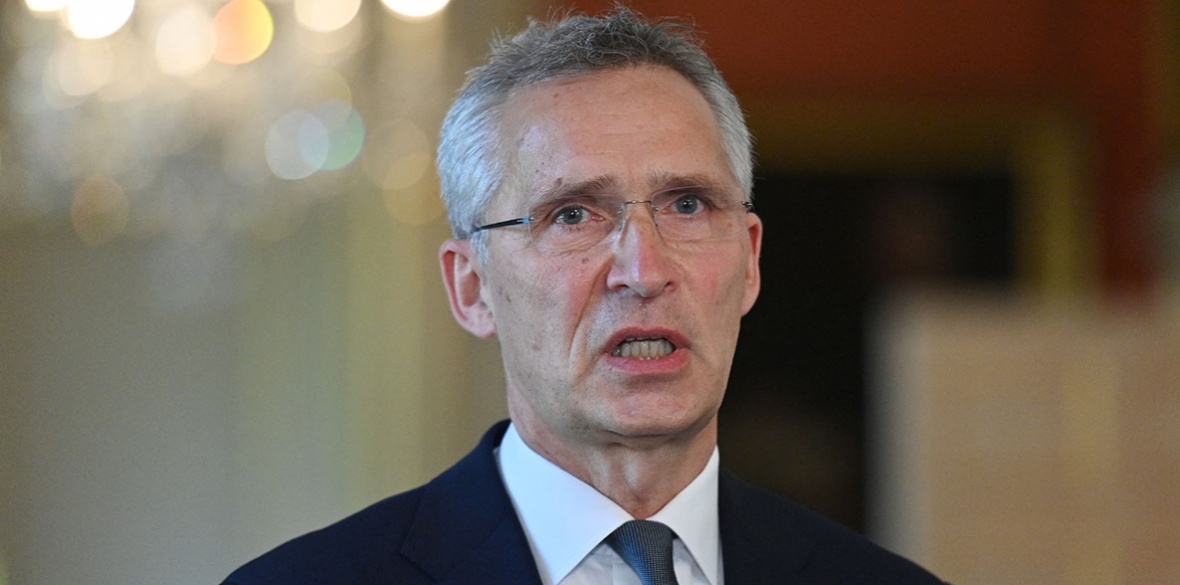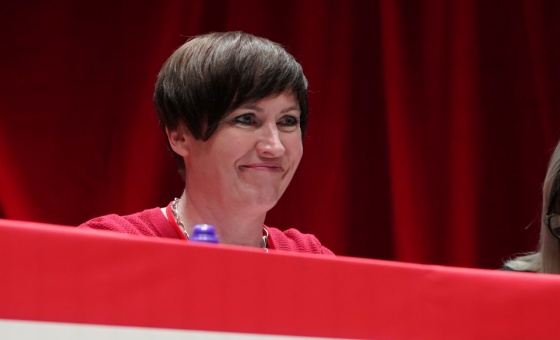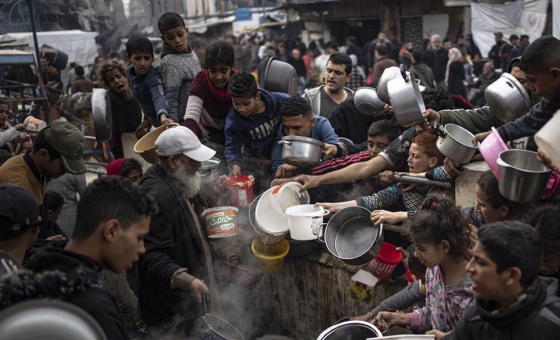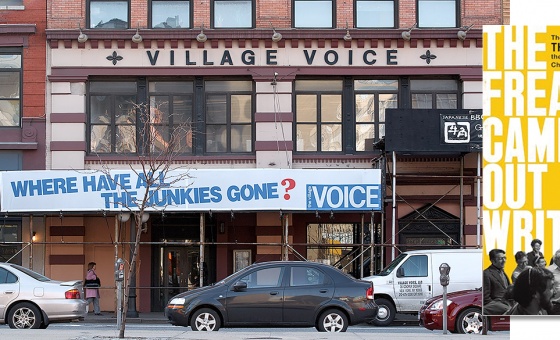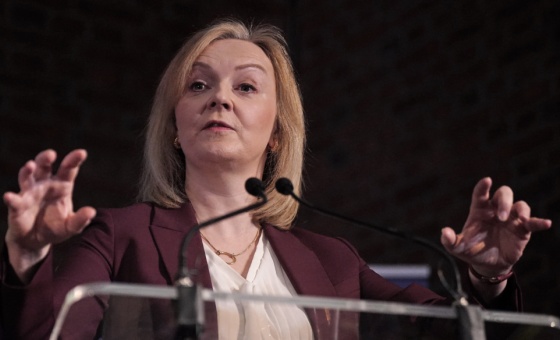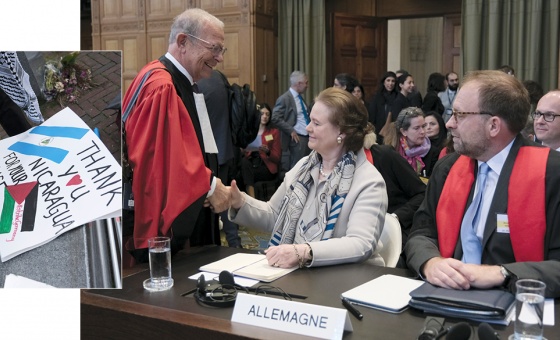This is the last article you can read this month
You can read more article this month
You can read more articles this month
Sorry your limit is up for this month
Reset on:
Please help support the Morning Star by subscribing here
AS US and British Nato forces pull out of Afghanistan, the Taliban fundamantalists lay siege to provincial capitals held by the Afghan government and the West washes its dirty hands of a potential catastrophe it did so much to create.
Insofar as politicians and pundits in Britain, the US and elsewhere give a thought to the fate of the Afghan people, their comments revolve around whether the West did enough to rebuild Afghanistan after decades of war, or whether the withdrawal is a trifle premature.
As usual, any self-criticism will be entirely self-serving. The assumption is always that Western intervention was for the cleanest of motives and with the best of intentions.
After all, we will be reminded, Nato forces helped bring down the clerical dictatorship of the Taliban in 2001, paving the way for elections. Our muscular humanitarianism has protected the democratic regimes of presidents Hamid Karzai and Ashraf Ghani ever since.
Discussions will shortly be resumed with the resurgent Taliban in order to usher in a government of national unity.
Yet this is hogwash from beginning to end. For a start, US and British military intervention in Afghanistan began covertly in the late 1970s, before coming into the open and escalating in the early 1980s. The aim was to bring down the revolutionary pro-Soviet government of the People’s Democratic Party of Afghanistan (PDPA).
The PDPA had taken power in 1978 and began implementing policies for land reform, mass literacy, women’s emancipation, peasant debt cancellation and for secularisation of the state. Sharia law was abolished, at least in theory. The rights of women to employment and education were proclaimed and forced marriages and the sale of child brides were outlawed.
In one of the most socially backward societies in the world, such steps provoked a violent reaction, especially in the countryside, where mullahs proclaimed jihad against the communist infidels.
Even before Soviet military forces intervened decisively to back one faction of the PDPA against another in December 1979, the CIA had begun one of the biggest covert operations in US history to supply the jihadists with arms and finances via Pakistan.
Britain’s MI6 and SAS joined in, as thousands of fanatical volunteers were despatched to Afghanistan from across North Africa and the Middle East. The war against the PDPA and Soviet forces raged for more than a decade, ending with the defeat and lynching of president Najibullah in 1992. Chaos and destruction reigned as Western-backed warlords fought each other, before the Afghan Taliban swept in from their seminaries in Pakistan to impose a severe new Islamic order.
Although the Taliban regime was subsequently toppled, what ex-president Karzai describes as the “disastrous” occupation of his country by US, British and Nato forces — marked by the widespread destruction of peasant villages as well as torture and assassination — has fed its resurgence.
Today, Taliban claims to favour a government of national unity are likely to prove as hollow as the group’s promises to respect the human rights of women and girls.
The best hope for the women of Afghanistan is either armed resistance or the intervention of the UN and regional powers to guarantee their rights. Either way, the West’s catastrophic mission in that country must finish, SAS and all.

